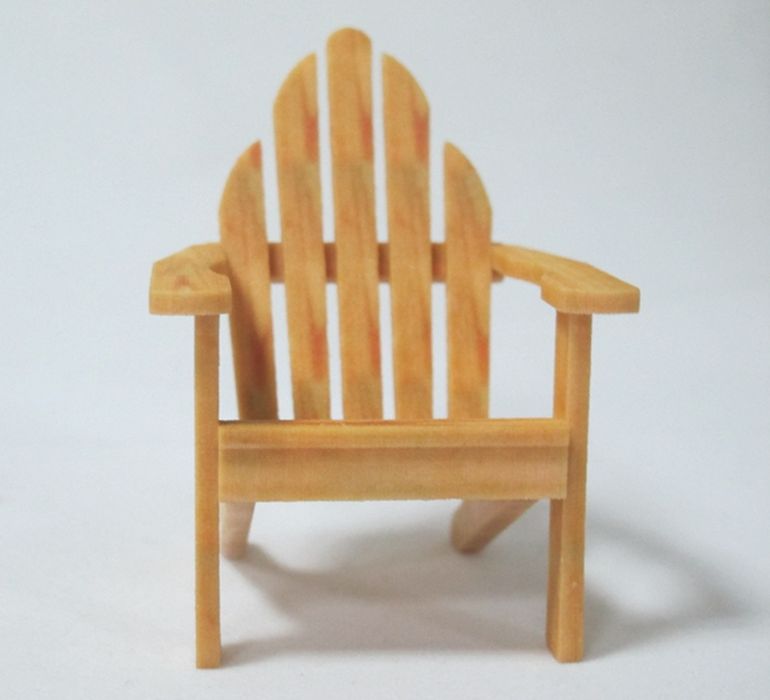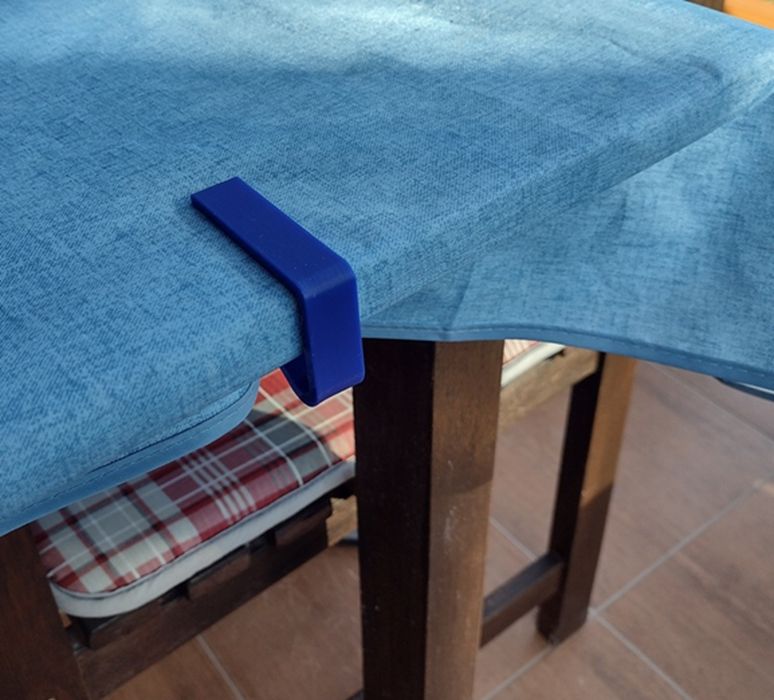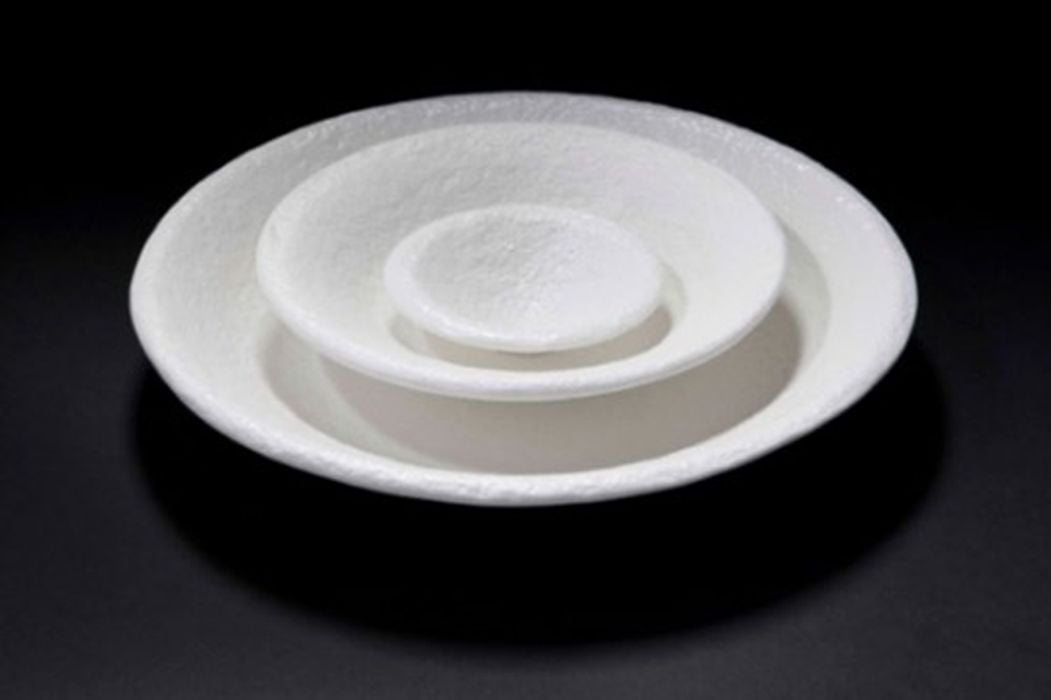
Charles R. Goulding and Preeti Sulibhavi will be 3D printing ahead of their picnics this summer.
It’s about that time of year where families and friends will be headed outdoors for picnics and barbeques. Many of the items used in picnics can be 3D printed. Let’s consider some picnic paraphernalia.

Some picnic-goers enjoy their picnics sitting on grass using a spread picnic blanket. We have covered various textiles and 3D printing topics on Fabbaloo before, including jute (which would make for a durable picnic blanket).

Others prefer outdoor furniture to conduct their picnics. These include picnic tables and chairs. While some people keep these items in their backyards, others prefer to visit parks where there is often outdoor furniture open to the public.
We have covered furniture in other Fabbaloo articles, but picnic pieces are often less formal and more fun. Many picnic furniture pieces are made of wood.
There are no limits to how much fun picnics can be, especially if the weather is good, the food is fine, and the sun is shining. Picnic-goers can opt for games and sports to complete their day of outdoor fun. Whether they opt for an impromptu game of cricket, or they prefer to engage in a quick game of the now super popular game of pickleball, 3D printing these sports items is certainly possible.
Tableware and utensils are other items people need for their outdoor picnics. Often, people opt for disposable tableware to avoid carrying back dirty dishes. Those that select non-disposable tableware are often concerned about the impact the disposable alternative would pose on the environment. Now the best of both worlds has combined with the help of 3D printers.

Designer Philippe Malouin has been using 3D printers to create a variety of sugar-based plates and bowls in a 2013 project called Dunes. While the idea of edible sugar dishware that simply melts away in water is really sweet, Malouin was actually commissioned by the Staffordshire ceramics company “1882 Ltd,” to create a model of mass-produced fine bone china that retains the same sandy texture as the original. What a great way to have a fancy picnic without the hassle of bringing and having to clean actual fine china.
The Research & Development Tax Credit
The now permanent Research and Development (R&D) Tax Credit is available for companies developing new or improved products, processes and/or software.
3D printing can help boost a company’s R&D Tax Credits. Wages for technical employees creating, testing and revising 3D printed prototypes can be included as a percentage of eligible time spent for the R&D Tax Credit. Similarly, when used as a method of improving a process, time spent integrating 3D printing hardware and software counts as an eligible activity. Lastly, when used for modeling and preproduction, the costs of filaments consumed during the development process may also be recovered.
Whether it is used for creating and testing prototypes or for final production, 3D printing is a great indicator that R&D Credit eligible activities are taking place. Companies implementing this technology at any point should consider taking advantage of R&D Tax Credits.
Conclusion
There are many reasons to get excited about summer. Picnics are just one of the activities we can engage in when the weather gets warmer and 3D printers can help us get ready for them.
